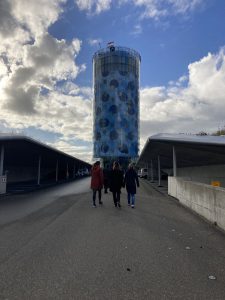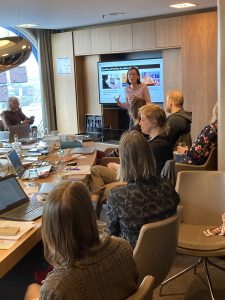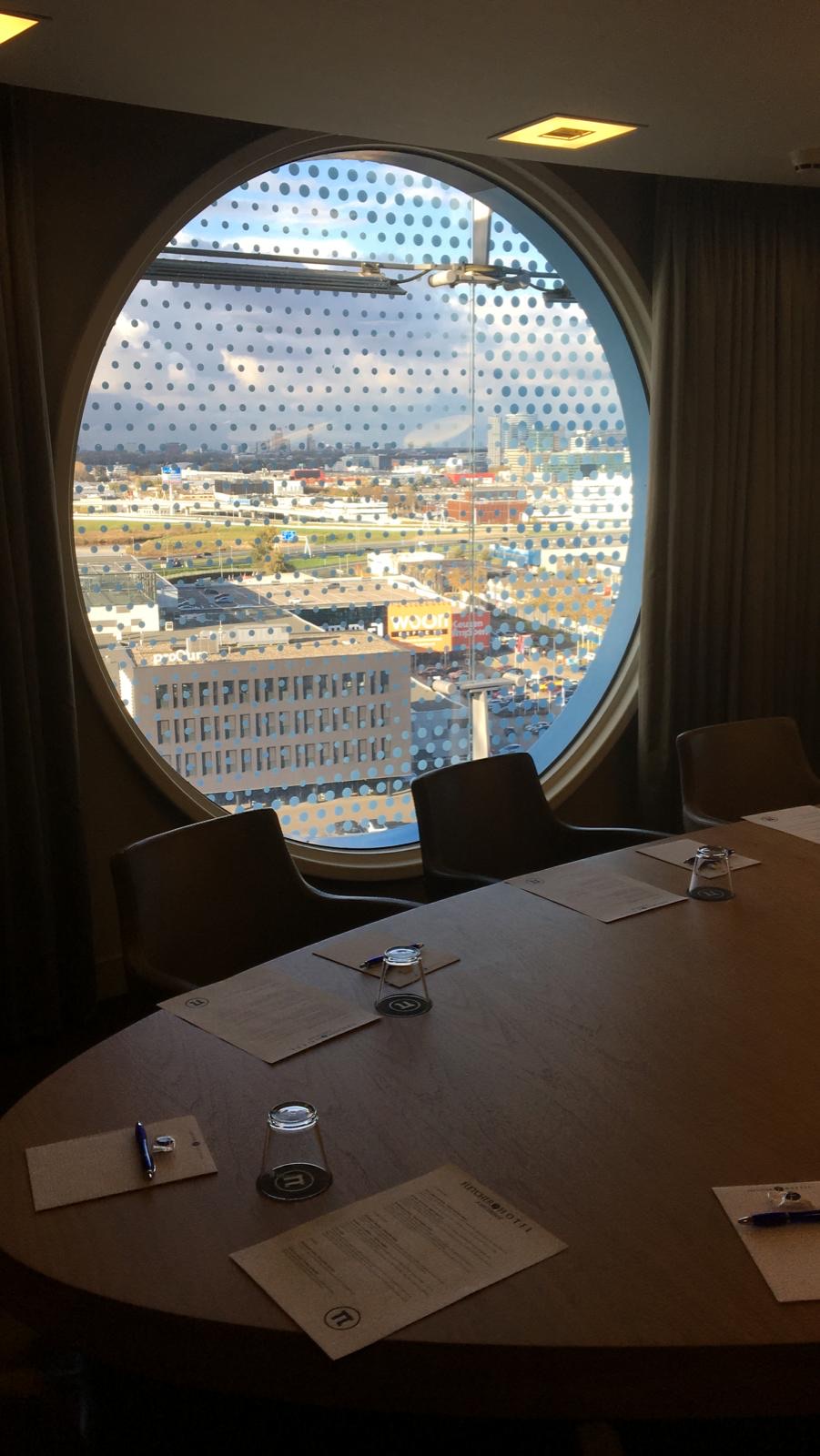
Recap: Education Retreat November 2021
24-hour educational retreat
Away from Roeterseiland, the AMC or Science Park, on to a 24-hour educational retreat. In a hotel with the A2 at their feet, 16 UvA lecturers worked together in a 24-hour session at the beginning of November on improving their education. They were invited by the Teaching & Learning Centre of their faculty. The participants brought their own educational questions and worked on it together, under the guidance of
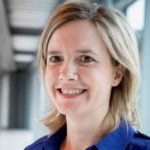 Ilja Boor (Senior interdisciplinary curriculum Ilja Boor (Senior interdisciplinary curriculum
developer at IIS, trainer in the SKO and project manager “project zichtbare leerlijnen”) |
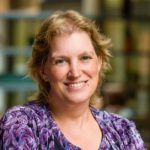 and Mariska Min (head of the central UvA Teaching & Learning Centre) and Mariska Min (head of the central UvA Teaching & Learning Centre) |
How the 16 UvA teachers improved their education together
According to Mariska Min, the 24-hour teaching retreat is a unique way to facilitate teachers who have many ideas about how to improve their teaching, but do not get around to it due to the busyness of their work week.
Ilja Boor adds, “The program consists of two phases. The first phase, the Thursday afternoon (from 16:00) is all about focusing. You formulate your desire for improvement and consider whether the solution you have formulated really fits in. You also develop a concept structure for your new education. The second phase, the Friday (until 16:00), is about development. During this phase you work on concrete educational activities and materials, and you get the opportunity to spar with fellow participants and educational experts. You will leave the session with improved teaching that you can immediately deploy in your teaching practice.’
Concrete outcomes for educational improvement
Curious about the results, we asked three participants about their experiences:
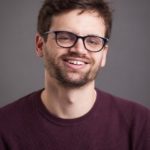
During the education retreat, Bram worked on the assessment of the lecture series and on sharpening the question with which guest lecturers are asked to contribute to the lecture series. The course now includes more assignments in which students work together more intensively and build up more shared knowledge. This also promotes group cohesion in preparation for the trip. In addition, Bram focused on the question of how he could best supervise the collaboration between students as a lecturer.

Discussing it in the group, challenged her to zoom out first and look at the situation from a distance. The problem turned out to be somewhere else than she thought. In refining her problem statement about the alignment of the various components, the challenge turned out to be in being able to communicate the parties involved.
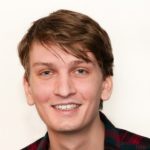
‘Students in my subject work together and therefore are partly dependent on each other. I wanted to work on clarifying what students can expect in the collaboration. – That it is not only readable, but also graphically visible, because of the complex subject structure. Working together is quite complicated, especially when students are doing a research project. For colleagues, it is also sometimes a challenge to oversee this whole subject. ‘
Solution to the issue
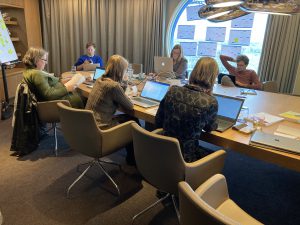
Bram: ‘It has mainly become clear to me that as a coordinator I can focus on facilitating cooperation. This insight also clarified my own role’.
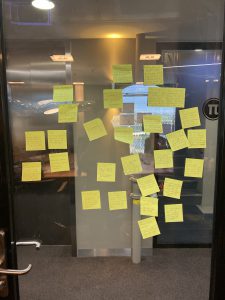
Roman: “With the graphic clarification, students can see at a glance what is expected of them in a slightly longer term, for example within a block or course instead of next week. This provides clarity and hopefully ensures that students know where they stand.”
How to proceed

Jacqueline: ‘I have to continue to work out the outcomes myself and put it on Canvas, those are the very practical things I still have to do.’
Roman: ‘I am going to use my approach in the next working group. Hopefully I can use it to support learning through discussion.’
A new network has emerged
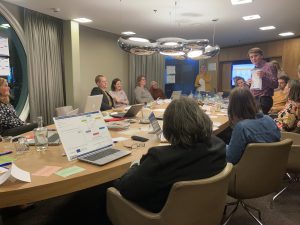
In June 2022, if permitted considering corona measures, we will organize another 24-hour teaching retreat, invitations will go through the faculty TLCs.
Jacqueline Houting: “It was a real gift to be so focused for almost two days. In a bubble, together with other teachers, and guided by experts. Very inspiring!’







